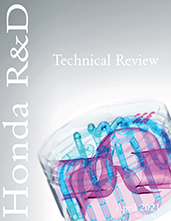Training / Education
Introduction to Airframe Engineering Design for Manufacturing, Assembly and Automation
This course is verified by Probitas Authentication as meeting the AS9104/3A requirements for continuing Professional Development. Why is a design for manufacturing, assembly and automation so important? This introductory course on airframe engineering will cover the importance of design for manufacturing, assembly and automation in aerospace. It will review what the key drivers are for a “good” design and some of the key points for manufacturing and assembly of aircraft components. It will look at how an engineer can combine traditional technologies with new, cutting-edge technologies, to determine the best scenario for success.

